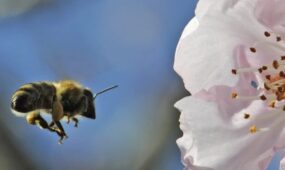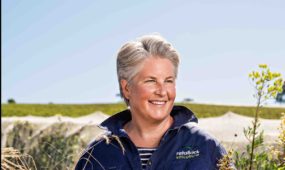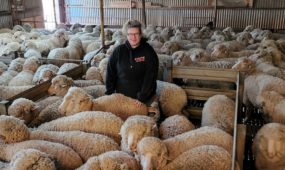New Zealand wine technology company moves to South Australia
Primary Industries
As vintage gets underway in South Australia, wine-tech company Winely has joined the South Australian Landing Pad program to set up shop in the wine state.

Sign up to receive notifications about new stories in this category.
Thank you for subscribing to story notifications.
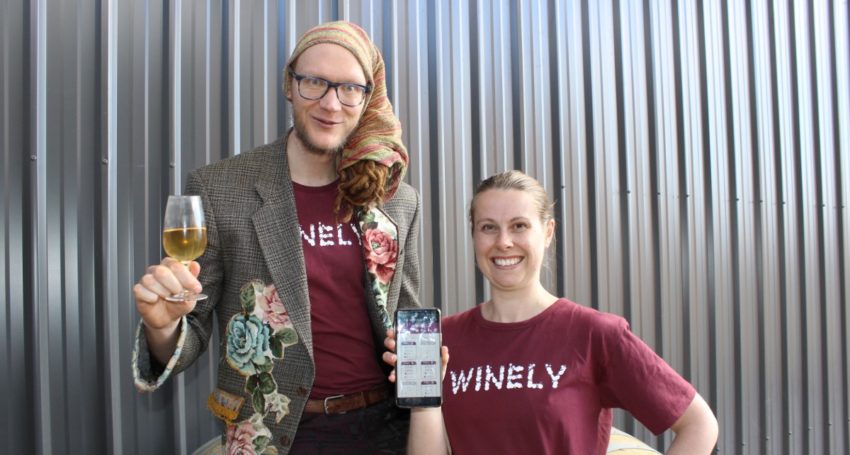
Founded in 2017, the company develops sensors placed inside wine tanks that provide real-time fermentation analysis to winemakers via cloud-based software.
Winely currently has three South Australian wineries using their technology, along with several in New Zealand and America.
Winely co-founder and CEO Jacob Manning said most of the company’s manufacturing will still occur outside of Australia due to volume restrictions with local manufacturers.
Instead, the company will focus more on research and development of their products with Australian winemakers and researchers, who Manning referred to as the “world leaders” in wine.
“If we go into an obscure [South Australian] wine region, we’ll generally know the people we’re working with by name, so that’s really exciting,” Manning said.
“The amount of academic talent in terms of technical winemakers, makes South Australia a great place for research and development.”
Winely has been awarded $80,000 under its landing pad agreement, with $40,000 to be used towards office space and $40,000 to hire local professional services suppliers.
Manning said the funding was just the “cream on top” of the deal.
“The thing is, if you put the cash on the side, it’s still awesome to be able to work with the South Australian team, because if you’re entering a new market, it takes quite a bit of time, and you’re not sure who to speak with.”
Winely’s operating model is based on a Hardware and Software as a Service platform, with wineries paying an annual subscription to lease the sensor hardware and gain access to the cloud-based software.
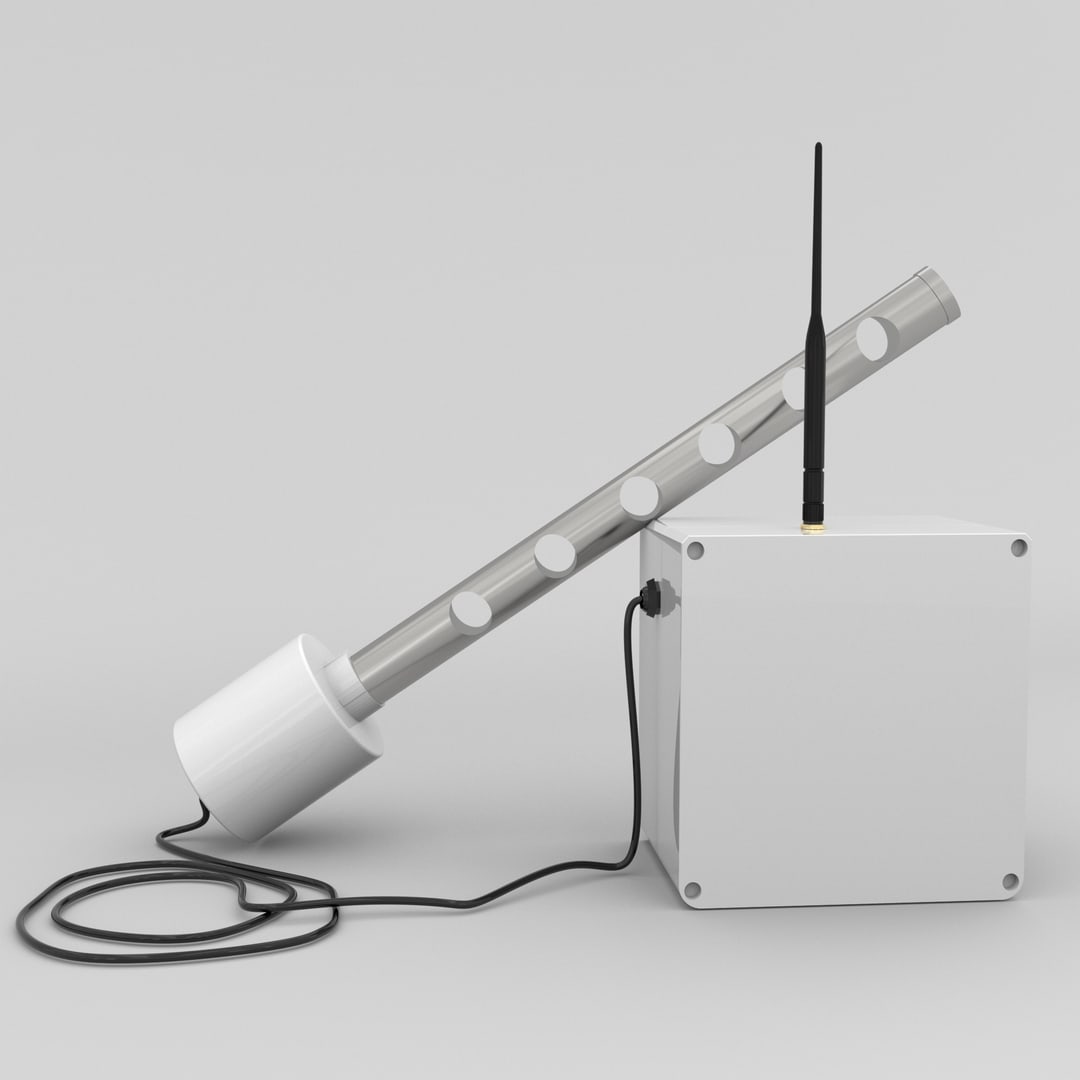
Manning said by providing winemakers with constant access to fermentation information, winemakers can move from a “reactive state” to a “planning state”.
“The reason why it’s better is generally a winery only gets two samples a day,” Manning explained.
“They take a sample of a ferment in the morning, and a sample at night…you only get a snapshot of what’s happening in a ferment.
“And often because that piece of information is delayed, a winemaker may take up to 72 hours in getting that info and making a decision. In terms of a ferment, 72 hours is a long, long time, and a lot can go wrong in that time.
“We do real-time sampling, so you get a sample every second on the ferment, and you can make accurate decisions and we also prompt with warnings [over SMS or email] if something is going outside of spec.”
As health and safety restrictions tighten in the wine industry, Manning said automatic technology such as Winely’s sensors will become “a necessity at some stage”.
As Winely continues to develop its technology, Manning said the company was looking forward to helping winemakers move towards smart wineries.
Jump to next article
